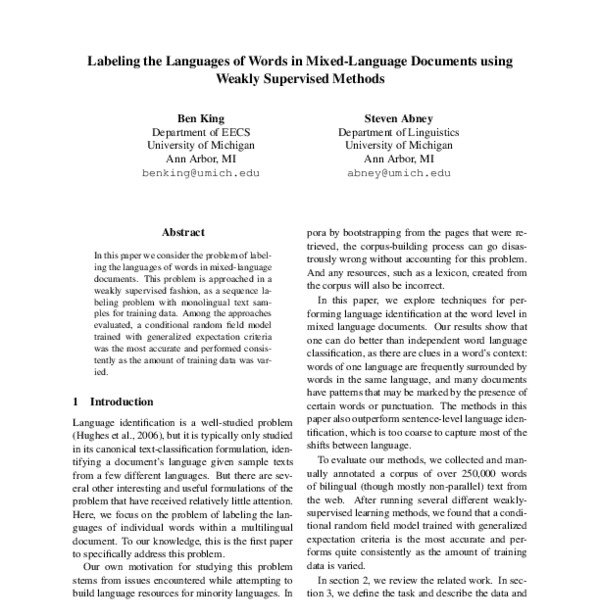


Past studies querying plant cell-type functions employed technically challenging experimental procedures to circumvent these obstacles, such as fluorescence-activated cell sorting (FACS) of GFP-tagged marker proteins, or isolation of nuclei tagged in specific cell types (INTACT) ( Birnbaum et al., 2003 Brady et al., 2007 Deal and Henikoff, 2011).

However, our understanding of cell-type functions in plants has been precluded by technical limitations imposed by the cell wall and an inability to culture homogenous cell lines, in contrast to mammalian models. As the foundational unit of plants, individual cells are responsible for the synthesis, transportation, and storage of rich primary and secondary metabolites that sequesters carbon and provide human nourishment. However, climate instability and disease strain are increasingly predicted to lower global maize yields by more than 10% over the same time frame ( Tigchelaar et al., 2018 Zhao et al., 2017).

Global consumption of maize per kilogram per person is expected to increase by 163% by 2050 (CIMMYT 2016). These data, along with companion software, Socrates, afford a comprehensive framework for understanding cellular heterogeneity, evolution, and cis-regulatory grammar of cell-type specification in a major crop. Cell type-specific CREs were enriched with enhancer activity, phenotype-associated genetic variants, and signatures of breeding-era selection. Comparison of maize and Arabidopsis thaliana developmental trajectories identified TF motifs with conserved patterns of accessibility. Patterns of transcription factor (TF) motif accessibility predicted cell identity with high accuracy, uncovered putative non-cell autonomous TFs, and revealed TF motifs underlying higher-order chromatin interactions. We describe 92 states of chromatin accessibility across 165,913 putative CREs and 52 known cell types. To identify CREs at cell-type resolution in Zea mays, we implemented single-cell sequencing of Assay for Transposase Accessible Chromatin (scATAC-seq) in seedlings, embryonic roots, crown roots, axillary buds, and pistillate and staminate inflorescence. Cis-regulatory elements (CREs) encode the genomic blueprints of spatiotemporal gene expression programs enabling highly specialized cell functions.


 0 kommentar(er)
0 kommentar(er)
